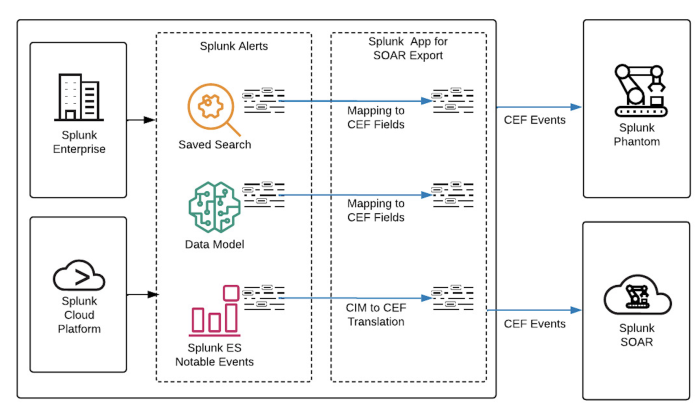Diagrams
You can use a diagram to help users understand complex system architecture, task flows, processes, and conceptual information. Diagrams supplement your content, so don't replace your writing with a diagram.
Ensure the text surrounding the diagram sufficiently captures the purpose and meaning you want to convey in the image. It's okay if a diagram has text in it.
See the following example of a simple diagram:
See the following example of a complex diagram:
This complex diagram uses color but doesn't rely on color to convey meaning. The lines use different colors, patterns, and arrows to differentiate the elements. The arrows are labeled so readers can follow the lines.
For guidelines on when to include and avoid using images, see Including images in Splunk docs.
| Screenshots | GIFs |
This documentation applies to the following versions of Splunk® Style Guide: current


 Download manual
Download manual
Feedback submitted, thanks!